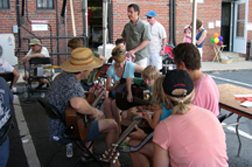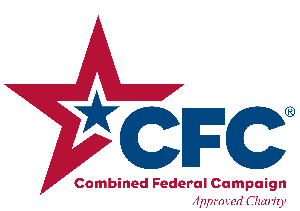When school budgets must be trimmed, music and art programs are usually one of the first things to go. Although recognized a core-subject area, they don’t carry the same weight as math and English/ language arts. Programs cut from the school’s curriculum can come back as extra-curricular activities but at a cost to students; a reality that excludes youth of limited means.
The Department of Education projects trends that will shape school planning for years to come. Those trends will add significant cost pressure to our school system thus increasing the likelihood of further cuts in music and arts programs.
The trend gist is that the number of school-age children in the United States will steadily increase in the coming years; that student population will become much more diverse. Diversity itself will not be the issue; the challenge will come from what that diversity represents in this country. Unless conditions change, what this means for public education in the future is that, as the school population becomes more diverse, an ever increasing number of children in poverty will be entering America’s schools. With more and more children of poverty being served, the percentage of disabled students in schools could also be much higher. The projection through 2026 can be found here.
The growing number of at-promise children coming to school in the future will call for curriculum and teaching approaches that overcome the negative environmental factors in which these young people live. In turn, educators and facilities professionals will be challenged to provide school structures designed to facilitate such new teaching/learning approaches as they are developed to better assure that children of all socioeconomic backgrounds succeed in the educational process. The amount of time students spend in school is unlikely to change and the trend to focus more on core subjects will continue. None of this bodes well for in school music and arts programs. It also highlights the importance of affordable, community based alternatives like Music for Life to alleviate some of the adverse environmental factors these youth live in as well as to ensure that all youth have the opportunity to realize the benefits of a quality music program.






